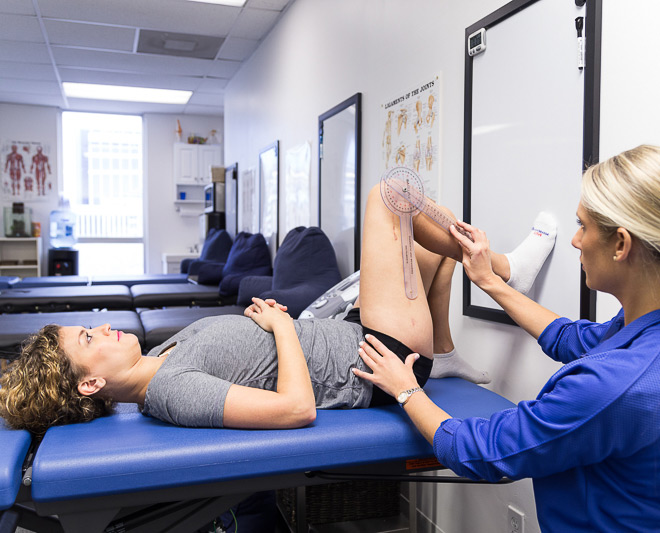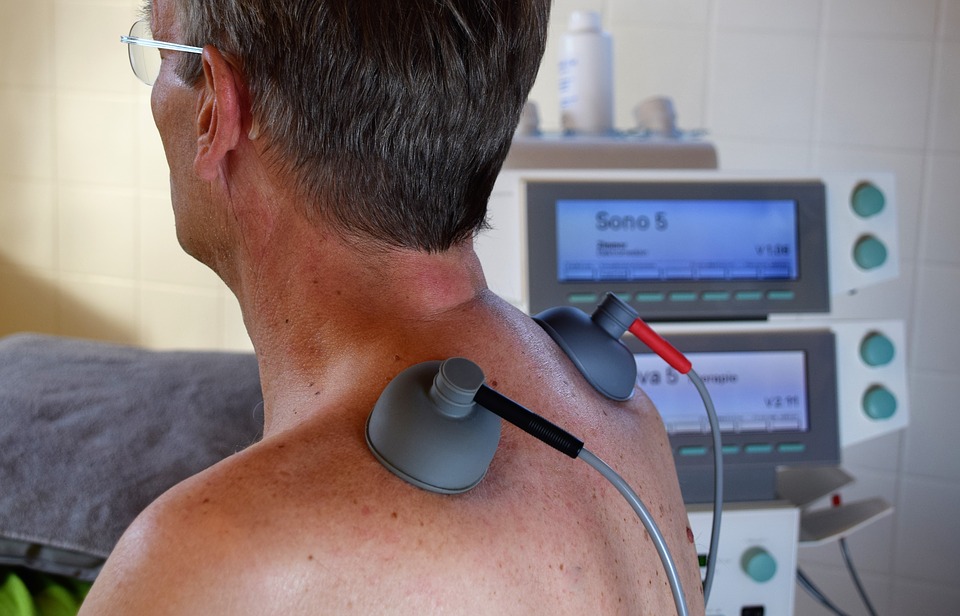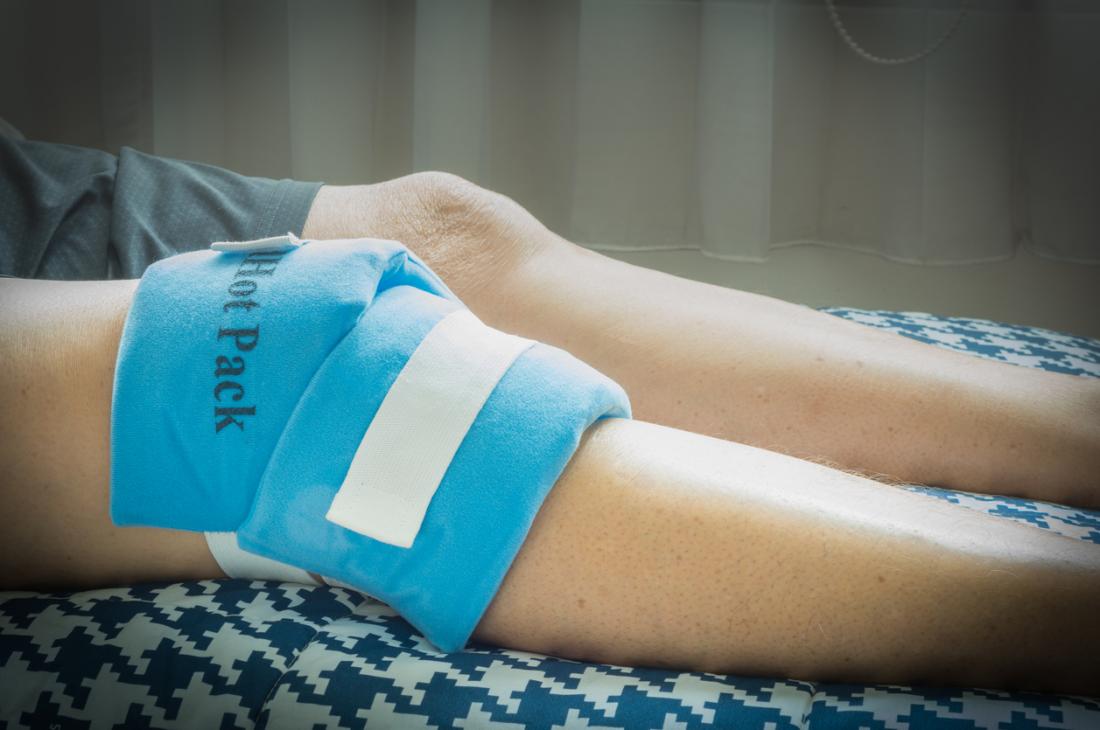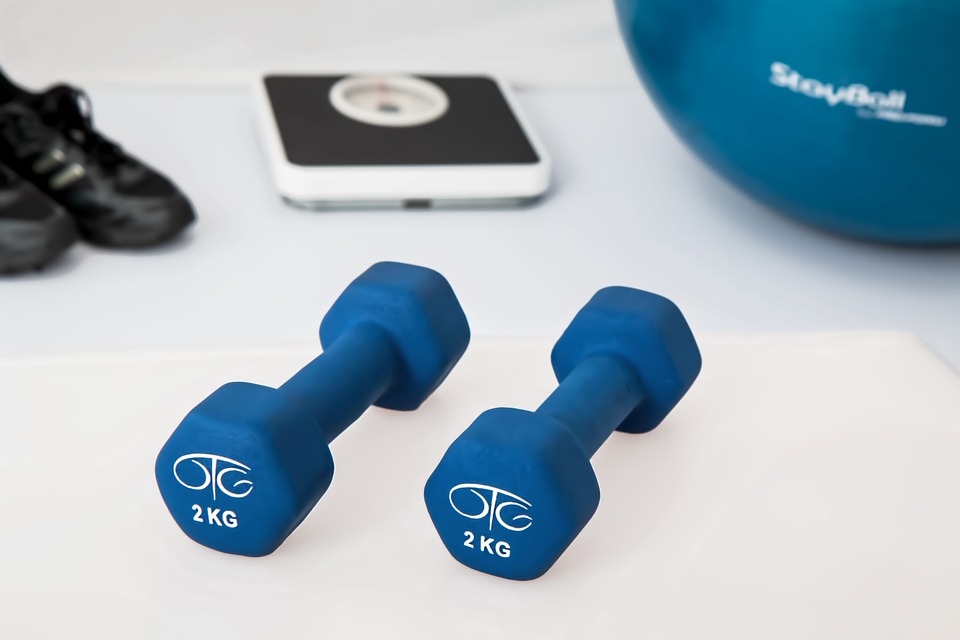-
Physical Therapy What To Expect
- What is physical therapy like after surgery? Well its designed to strengthen and reestablish motion getting you back to full capabilities. It is therefore important that you learn the specific process of PT which is necessary to get through the rehabilitation process. Regaining muscle mass and the bio mechanics of your body will lead you to optimizing the quality of your life through the prescribed exercises. I can tell you from personal experience that physical therapy works and it’s highly beneficial to restoring a wide range of conditions.
How Long Does Physical Therapy Last?
After the surgery there will be meetings with your doctor to set up a game plan for recovery. Many patients ask how long should your PT last? Usually until you can reach the PT goals set up by the therapist. Typically you can expect recovery to take an estimated 6 to 8 weeks before discontinuing physical therapy. Other patients ask how can you find a physical therapist? You can be referred a physical therapist by doctors but there are many people who choose to seek out physical therapists of their own. There are many ways to find physical therapists including checking online to review the best PT offices in the area. You can also Visit the American Physical Therapy Association APTA.
Your First PT Assessment
- The first visit will be all about learning about PT. For first timers this is an important step. Understand that physical therapy is marathon not a sprint. Little increments each session will provide a slow and steady approach but will have incredible effects as the PT progresses.
- Be sure to talk with the Physical Therapist about the past history of the problem. The physical therapist needs to know when the problem occurred and what you were able to do prior to the injury occurring.
- The Physical therapist will also likely want to know the types of medications you are taking. Knowing your limitations is highly important as not to stress your
body so the therapist will likely want to know how your feeling prior to any movement of the afflicted areas.
What To Wear To Physical Therapy?
One question patients ask before their first physical therapy session is what to wear?
- Wear something that will give you plenty of motion. Don’t wear tight fitting clothing that could limit motion. Shorts and a shirt that will allow the physical therapist access to the afflicted area will be adequate.
- If you feel that you will need a changing room, be sure to ask the physical therapist where the nearest restroom or changing facility is. When I did physical therapy at my local YMCA at times when it was too cold outside I would come dressed in layers but underneath I had my clothing for PT.
- Coming in prepared can limit time spent changing. How long are physical therapy appointments? Sessions usually run for 60 minutes and most patients can benefit from visiting three times a week.
What do Physical Therapists Do?
At the conclusion of the conversation between you and the therapist about the condition they will want to perform a precise examination of the area. The therapist is going to be focusing on gauging your injury in order to best understand how best assist you in the recovery. What do physical therapists do? They test a wide variety of body functions including the following.
Range of Motion
Range of motion known as (ROM) measures the movement around a join or a part of the body. During physical therapy ROM should increase as you continue your efforts of recovery.
Balance
You need your balance to be able to eventually stand without the assistance of crutches. As the pain subsides and you can put more pressure on the join balance will be key to avoiding falls. The physical therapist will want to make sure balance is returned to normal by balance exercises.
Palpitation
The physical therapist will need to test the sensitivity of the areas by feeling with their fingers or hands. This gives a sense of how tender the area is. They will make notes on how you feel and as the therapy progresses, they will continue to monitor the area.
Strength Testing
Strength building is a necessary part of recovery. They will be testing the ability to move your joint such as lifting weights and using resistance bands. This in tern will gauge the amount of strength needed to get back to normal function.
When the physical therapist is going through these tests, they should give you the necessary instructions on how these measurements are going to work. My physical therapist used a pain scale of 1-10 in order to scale my pain. 1 would be relatively minor where 10 would be extremely painful. This scale proved to be a very valuable asset to both the physical therapist and I as we never wanted to that number of 10 and risk a setback.
Communicating With Therapist
Communication with your therapist and having a clear understanding of the game plan is what the initial sessions are all about. Its difficult at times to have patients. Many people want to just rush right in and start physical therapy but if there is not a clear understanding between the physical therapist and the patient then there is discourse. The goals of treatment are increasing your mobility and pain tolerance, so communication is inherently vital during these times. After the preliminary evaluation the physical therapist may want to begin treatment for and if this is the case it’s a great sign.
Physical Therapy Exercises and Treatment Options
Electrical Stimulation
They may end up using methods such as an electrical stimulation to simulate muscle function. It feels funny at first. If you have never tried this method, it’s a tingling feeling that can be minor or intense depending on the setting. The PT will know the pain scale of these electrical stimulators but if its too intense let your PT know.
Ultrasound
An ultrasound likewise can be beneficial because of the frequency of the sound waves they can help stimulate the deep tissues. As the ultrasound probe gets passed over these areas this leads to an increase of vibration and blood flow to the areas.
Core
Core strengthening was one of the most difficult parts of my recovery. Our bodies are built on the ability for our core to support the rest of it. Its basically like a car’s suspension in which all of this weight is distributed over a large area but without the suspension things just don’t work. By increasing core strengthening this will aid in the recovery process and promote stronger stability.
Ice and Heat
After doing exercises most of the session its good to apply ice and heat which have proven to be very useful in stimulating blood flow and decrease the swelling in the afflicted areas. This technique is also used for many athletes who are suffering from a tender area.
Marathon Not A Sprint
Every session the goal will be to slowly get the movement back in the joint. At first the physical therapy will be slow moving. Goals will be met with small increments but over time you will see the benefits as the body begins to recuperate itself. Each person is different and that means recovery times can vary depending on the individual. When strength is beginning to get to the point where you feel it’s no longer necessary for physical therapy it’s important to have a conversation and discuss options. Remember that slow and steady still wins the race in physical therapy.
Final Days of Physical Therapy
In the final few days of visiting the physical therapist be sure to ask plenty of questions. How long physical therapy should last depends on the injury but coming in on 6 to 8 weeks is around the time it should be wrapping up. Therapists may want you to do exercises at home that involve similar movements but ones that you can accomplish on your own. I was able to continue my physical therapy from the comfort of home by following instructions given to me by the physical therapist. As life starts to return to normal its easy to forget about the exercises that were prescribed to you. Make sure to do these exercises and continue to push through. It only takes a small part of the day to do the exercises. Physical therapy is nothing to fear, like any recovery it will have its ups and downs, and this is to be expected. As you get to the final days and look back you will realize just how much you accomplished.
More Great Rent A Knee Walker News & Stories
- •Daily Chores Are No Problem On Your Knee Walker
- •
- •

